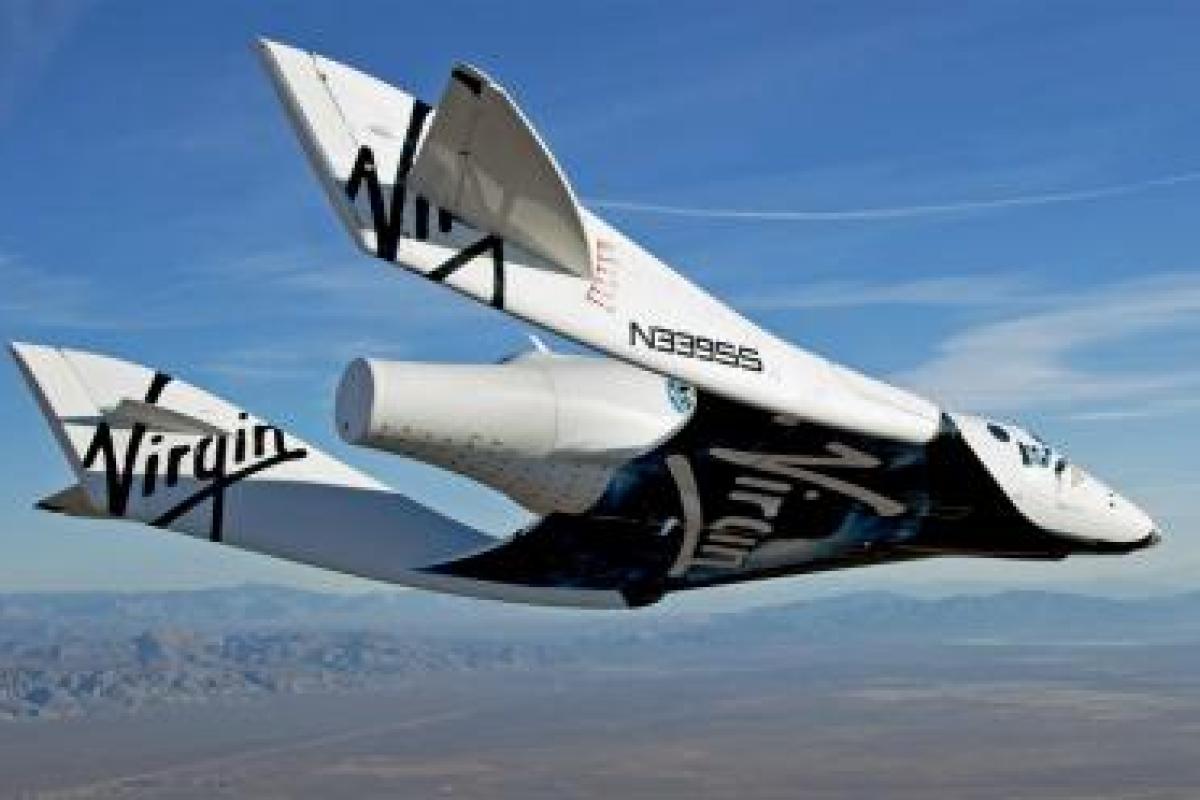What do you do when the past has been done to death? Well how about turning to the future? Every year we conduct a survey of emerging visual trends. Since the economic crisis began in 2008, consumers have been looking to the past for comfort.
But this year, we noticed something different. We noticed people looking forward. After the longest down turn since records began it seems that consumers are tiring of the past and increasingly embracing science and the future.
That was certainly the view of the eminent scientists we interviewed for the study. “The economic downturn has made people start to think of science as being one way of getting out of the economic difficulties that we are in,” said Lord Robert Winston, broadcaster and professor at Imperial college.
Evidence of this renewed interest in science or ‘re-enlightenment’, is all around. From the growth of intelligent labeling to infographics, the explosion of the internet, the fashion for molecular gastronomy, big data, pub science nights, Richard Branson's Virgin Galactic, lab chic in utensil design and the proliferation of science programming on TV, scientific imagery has become a trope of hope for a slightly depressed nation.
Swiss social pyschologist Bertolt Mayer, aka ‘The Bionic Man’, told us that consumers are placing more faith in science because it is increasingly proving its everyday utility. “Think of the smartphone that we all carry around with us today now. That is something straight out of a 1970s science fiction movie. It’s a device that can access the world’s knowledge and everybody carries it in their pockets.”
We believe that this represents a huge opportunity for businesses. Not only at a product level via technical innovation but to gain competitive advantage by adding value to some of the softer aspects of brands –such as design, naming, language and communications.
Baroness Susan Greenfield suggested that one way for forward looking brands to achieve this is to be more open and collaborative, showing what's behind the scenes, sharing secrets and developing the brand’s future together. This principle applies to everything from coffee percolators, to fashion stores and even the use of infographics on a pack.
“I think people love to be the experimenter,” she said. “They love to feel they are testing something, they love to feel that they have the power, to give feedback and to feel they have a judgment and they are not just being manipulated.”
Brands have always been about a guarantee -of some sort of quality, experience, value or shared outlooks. But the best brands like Nike and Virgin also go beyond that. They offer a vision of hope by leveraging the worlds of science and technology.
Our survey suggests a great prize awaits those who can think beyond the visible, beyond the present, into the future. As ever, by tuning into the zeitgeist it can provide real sources of competitive advantage.
Vicky is CEO at brand design agency Coley Porter Bell. Find out more about their work here.
